Iodine is a trace element that is naturally occurring in some foods, added to others (think iodized salt), and available as a supplement. Though our bodies require very little iodine, the lack of it can cause serious health problems.
Iodine is crucial to the proper function of the thyroid. Insufficient levels can contribute to hypothyroidism, mental impairment, and birth defects in children born to deficient mothers. Iodine deficiency is easily preventable if you are eating a diet that includes a variety of high-iodine foods.
Seafood, sea vegetables (kelp, nori, dulse), fish, milk, yogurt, cheese, eggs, and iodized salt are the top sources. Other sources include some fruits and vegetables, including cranberries and potatoes.
Sources
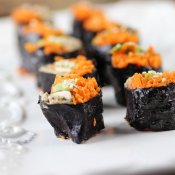
As you can see, many high-iodine foods are not included in a raw food diet. However, it is still easy to fulfill your daily requirements. Here are some top iodine sources that you may use (there are others out there - these are just to give you an idea).
Keep in mind the RDA is 150mcg/day for both men and women, and higher for pregnant or nursing women.
Good things to know...
- Sea vegetables & dried seaweed: these are the top choices for raw foodists. While iodine levels vary depending on type and amount, all seaweed and sea vegetables contain enough iodine that you can easily make your daily requirements (you don't have to eat much to get what you need).
- Salts: Unfortunately, sea salt & pink salt actually contain very little iodine. Iodized salt should contain minimum of 57* mcg iodine per 1/4 tsp. (*as per the FDA)
- Cranberries: 1/4 cup = 200mcg
- Corn: 1/2 cup = 14mcg
- Dried prunes: 5 prunes = 13mcg
- Strawberries: 1 cup = 13 mcg
- Bananas: One medium banana = 3mcg
- Green beans: 1/2 cup = 3mcg
- Iodine supplements: Supplementsare available in a variety of strengths, but the maximum recommended amount per day is 500mcg. Supplements are a good idea if your diet doesn't regularly include any major sources of iodine.
I hope this has helped to clarify the iodine issue for you. What you need to do is analyze just how much iodine you really are getting in your diet. Then, if it's not enough, you need to find a way to increase the amount, either through foods or supplements.
Either way, it is vitally important that you are getting the amount required for optimum health!









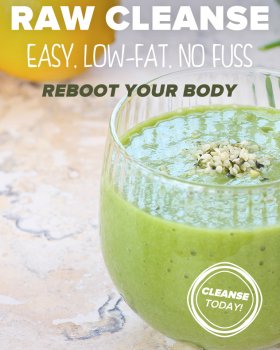











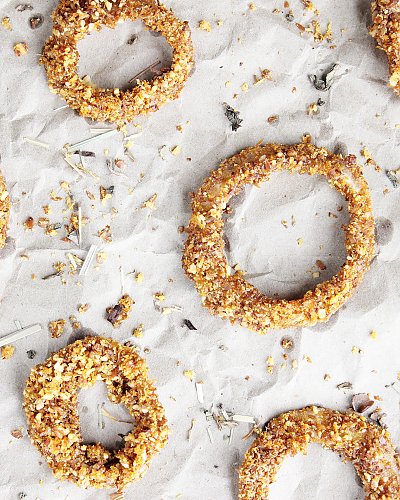
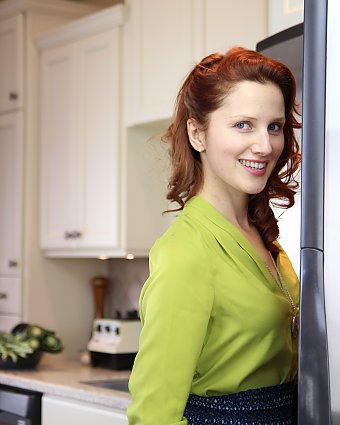
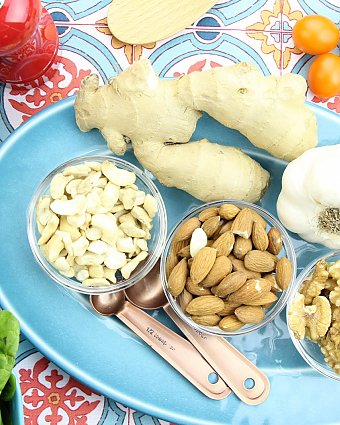
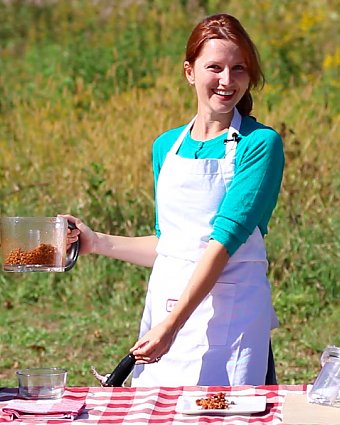
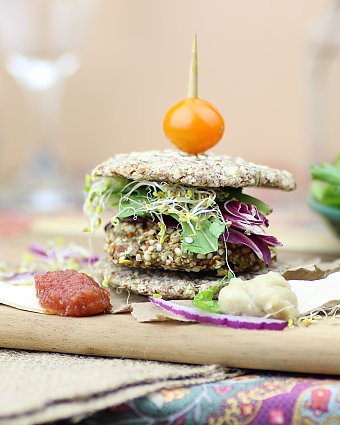
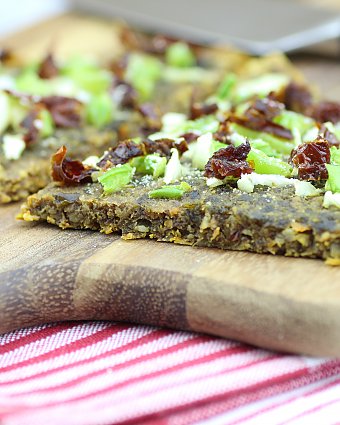
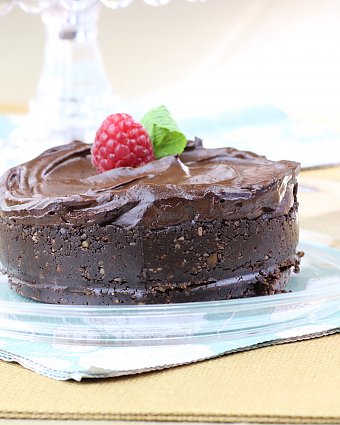
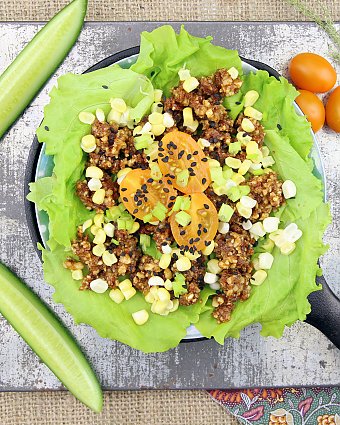
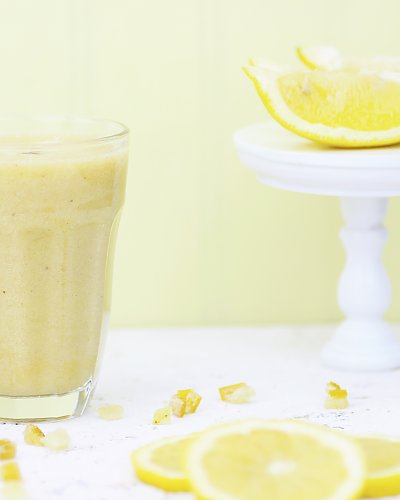
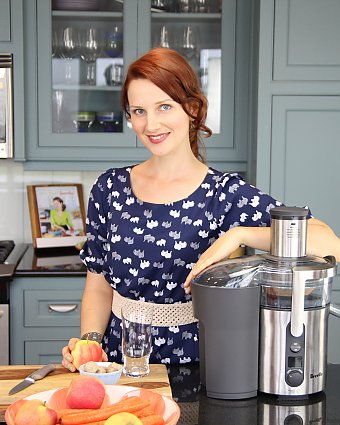

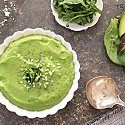
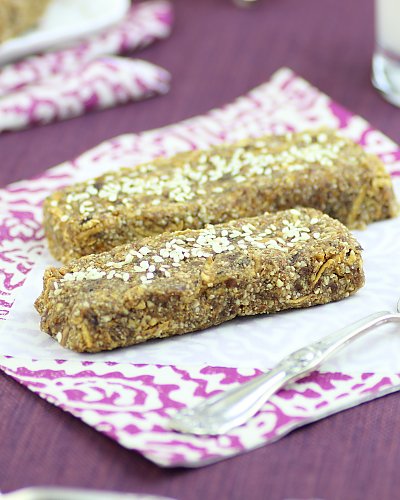
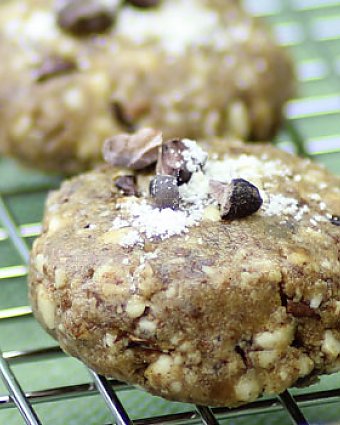
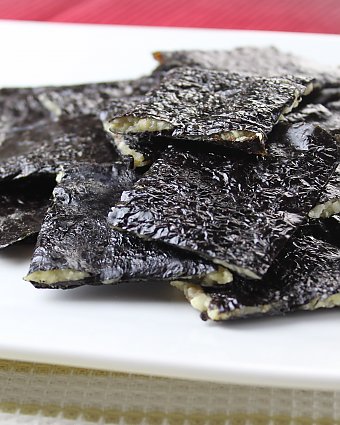





















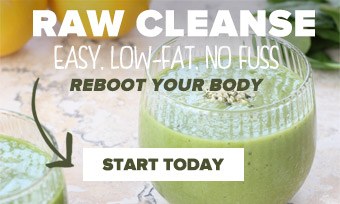
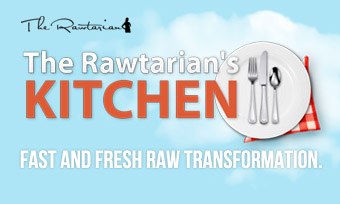
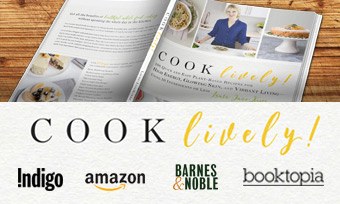
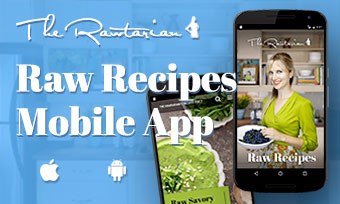
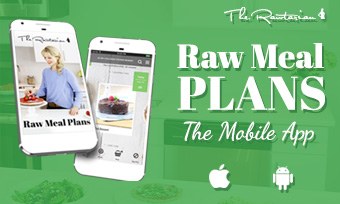
What's Being Talked About